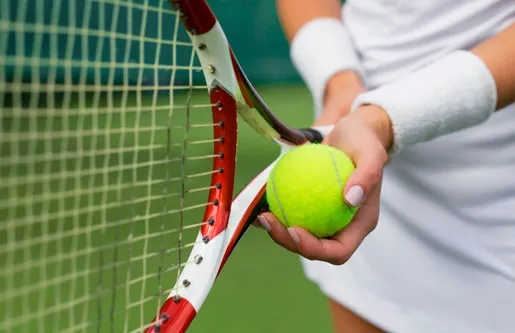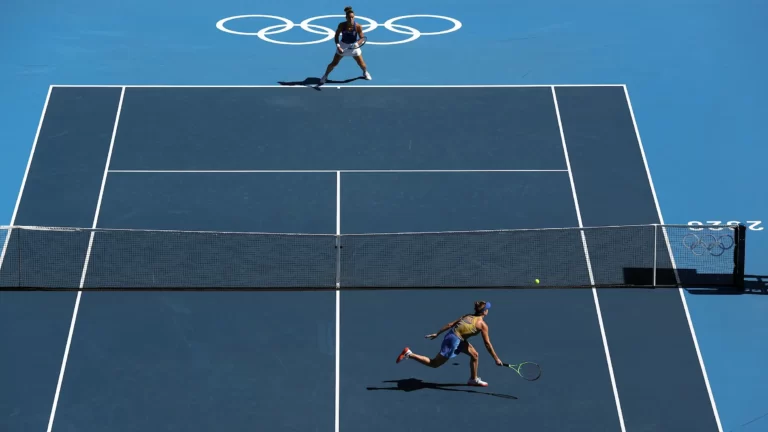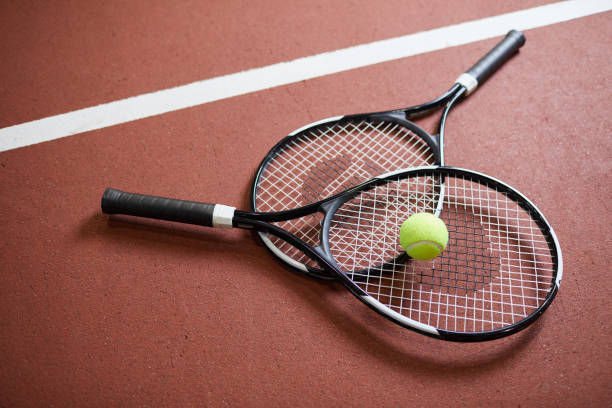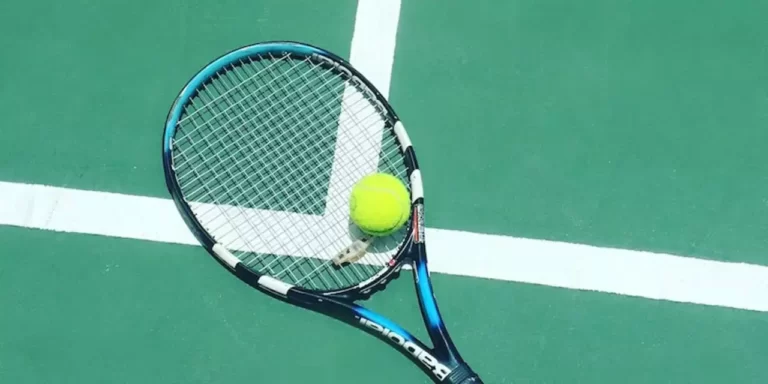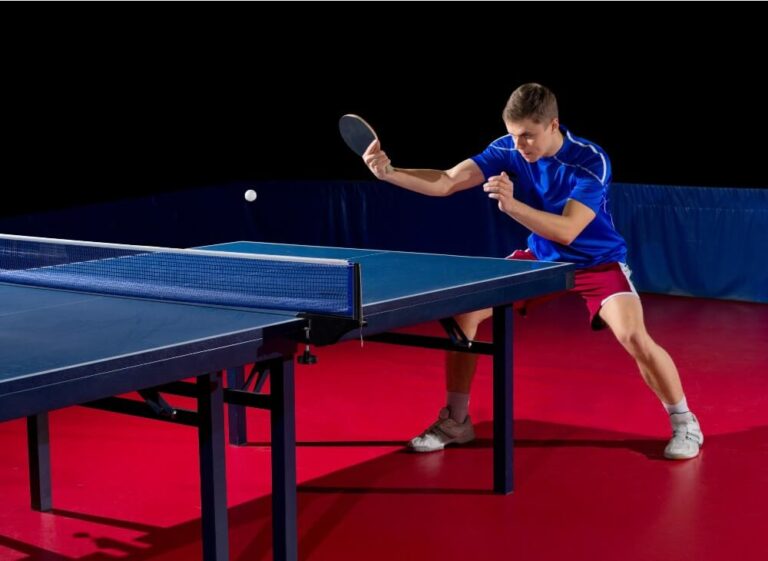Why Do Tennis Players Take 3 Balls? The Actual Reason
In the world of tennis, every move is analyzed and dissected. One intriguing habit that has captured the attention of fans and players alike is the practice of taking three balls before serving.
But why do tennis players take 3 balls? They do so to optimize first and second serves. The first serve favors a less fuzzy, “naked” ball for better aerodynamics and speed, while the second serves uses fuzzier balls for enhanced spin and control. Personal preferences and superstitions also influence ball selection.
In this article, we will look at these reasons in greater detail and understand how the choice of balls can impact their serves. I am sure this valuable piece of content will help you out while serving.
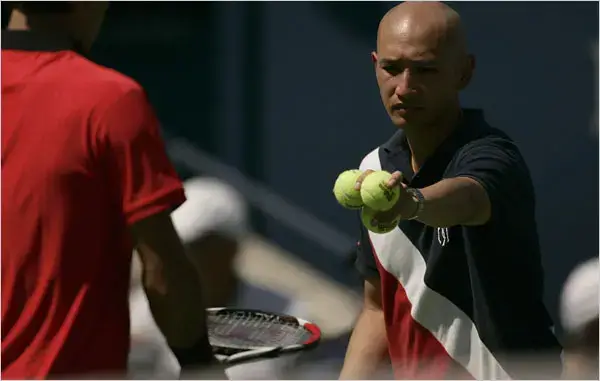
Importance of the Ball in Tennis
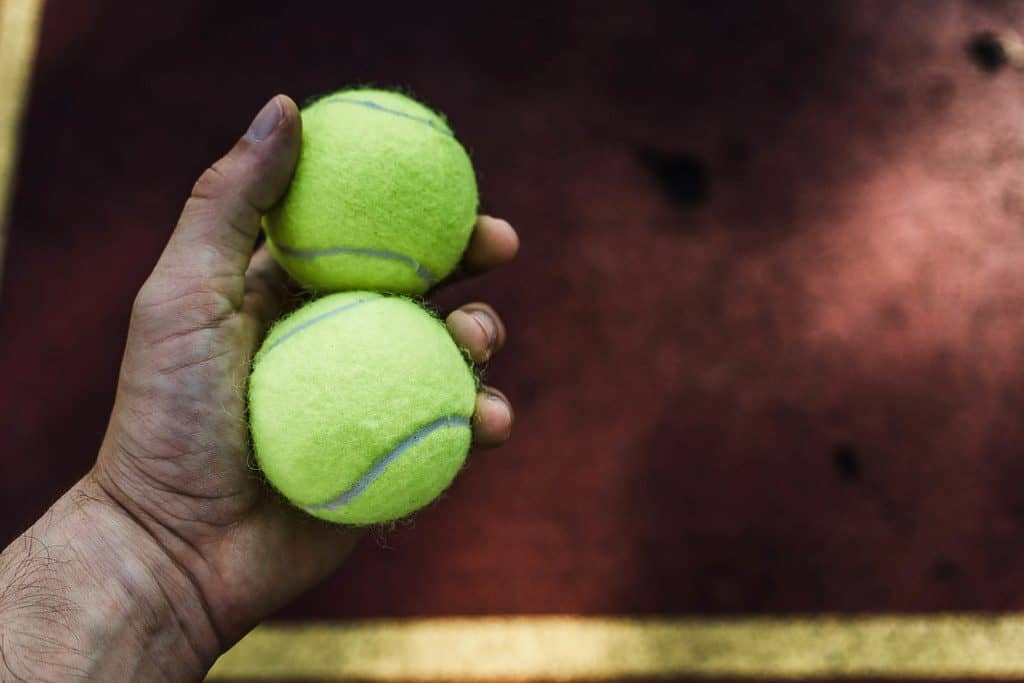
The ball’s quality, construction, and condition can significantly impact a player’s performance. ITF has stringent regulations on the size, weight, and composition of tennis balls to ensure consistent performance across different tournaments.
Also, the surface of the ball, which is covered in felt, can impact how it interacts with the racquet and moves through the air. As the ball is used during play, its surface undergoes wear and tear, which can alter its flight characteristics. This is where the practice of taking three balls comes into play.
First Serve
As far as serving is concerned, the first serve is of utmost importance in tennis. Players aim to hit their first serve with power and precision to gain an advantage over their opponent. To achieve this, they often prefer a ball with less fuzz, commonly referred to as the “naked ball.”
Why do players opt for a naked ball for their first serve? The reason lies in aerodynamics. A ball with less fuzz cuts through the air more efficiently, resulting in a faster serve.
The reduced air resistance also allows the ball to maintain its speed for a longer distance, making it more difficult for the opponent to return.
In addition to its aerodynamic properties, a naked ball is also more likely to provide clean, crisp contact with the racquet. This results in better control and a higher likelihood of a successful first serve.
Second Serve
The player gets the chance to serve again if they miss their first serve. However, the second serve typically involves more strategy and finesse than the power-focused first serve.
Players often employ a variety of spins and placements to keep their opponents guessing and off-balance. For these types of serves, a ball with more fuzz is preferred.
A fuzzier ball has several advantages for the second serve. Firstly, the additional fuzz provides more grip on the racquet strings, allowing the player to generate more spin. This is particularly useful for kick serves, where the objective is to brush up on the ball and create a high bounce that is difficult for the opponent to return.
Plus, a fuzzier ball also tends to travel at a slower speed in the air. This is because the increased surface area creates more air resistance, causing the ball to decelerate more quickly.
This slower speed can make it easier for the server to control its placement and reduce the risk of double faults.
Superstition and Personal Preferences
While the choice of a ball for first and second serves is primarily based on practical considerations, personal preferences and superstitions can also play a role. Some players might feel more comfortable with a specific type of ball or believe that using a particular ball brings them good luck.
During a match, players may stick with a specific combination of balls if they are performing well.
Conversely, if they start to struggle, they might switch to a different combination in an attempt to change their fortune.
Ball Change
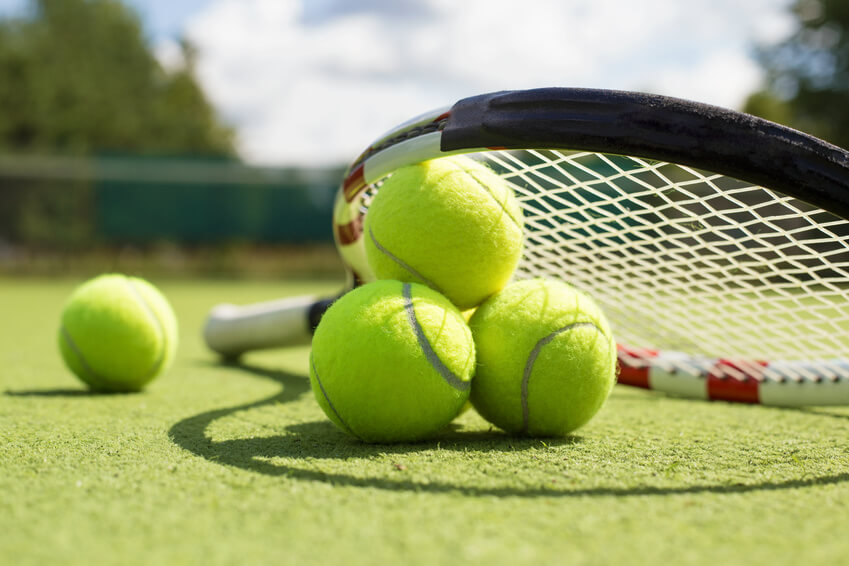
During a tennis match, new balls are introduced at regular intervals to ensure consistent performance. This practice is necessary because the balls undergo wear and tear, altering their flight characteristics and performance.
Adapting to New Balls
The process of selecting which ball to use for their first and second serves begins anew, with players often relying on their instincts and feelings for the ball in their hands. Players must quickly adjust to the new balls to maintain their serving strategy and overall gameplay.
In this situation, players may test the new balls by tossing them around and evaluating their comfort level.
They might discard a ball that feels off or uncomfortable, preferring to stick with the ones that feel just right. This process is very important to ensure that players are confident and comfortable with the ball they use during their serves.
Establishing a New Order of Preference
As players gain experience with the new balls, they may establish a new order of preference based on their performance.
This involves assessing each ball’s aerodynamic properties, fuzziness, and overall feel to determine which ball is best suited for their first and second serves.
Importance of Adaptability
Adapting to the new balls quickly is a critical skill for tennis players, as it directly impacts their performance during the match. Players who can seamlessly transition to using new balls are better equipped to execute their game plan and maintain their momentum throughout the match.
Don’t forget to watch the video below if you still have any confusion about why tennis players take 3 balls:
Final Words
The practice of taking three balls before serving in tennis is a fascinating blend of strategy, physics, and personal preference. The choice of a ball for first and second serves is driven by the desire to optimize performance and gain an edge over the opponent.
At the same time, individual superstitions and comfort levels play a role in shaping a player’s approach to ball selection.
As with many aspects of tennis, the art of ball selection is a skill that can be honed over time. Players who can quickly and accurately identify the optimal ball for each serve are better equipped to execute their game plan and maintain their momentum throughout a match.
In a sport where every point counts, the ability to master this seemingly minor detail can be the difference between victory and defeat.
Sources
- https://www.theguardian.com/science/2003/jun/26/thisweekssciencequestions4
- https://www.quora.com/Why-does-a-player-get-three-or-four-tennis-balls-from-ball-boys-and-choose-two-among-them-for-serve-What-is-that-they-look-for-in-selecting-the-balls-to-serve
- https://www.reddit.com/r/sports/comments/51nhp6/why_do_tennis_players_receive_3_balls_when_there/
Related Posts
Can Running Shoes Be Used For Tennis?
How Much Does A Pair Of Tennis Shoes Weigh?

